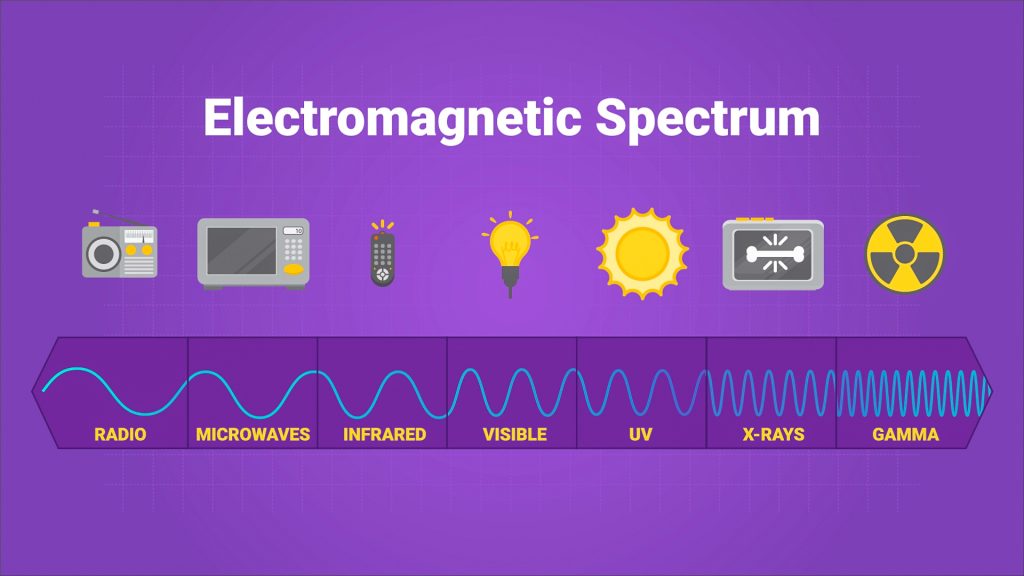
Electromagnetic radiation is a type of wave that transfers energy. These waves range from low-energy, long-wavelength radio waves to high-energy, short-wavelength gamma rays. In between are microwaves, infrared waves, visible light, ultraviolet light, and X-rays.
To better understand the electromagnetic spectrum…
LET’S BREAK IT DOWN!
Waves and Their Characteristics
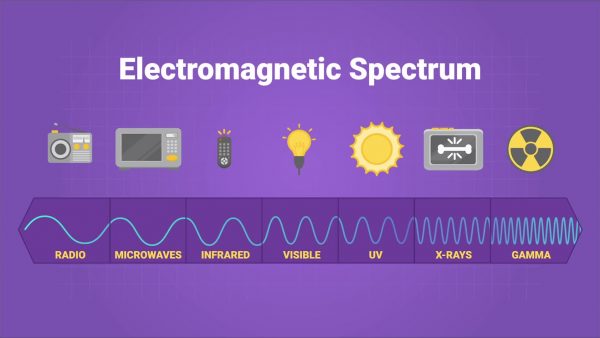
Waves are repeating patterns that transfer energy and not matter, like a “wave” travelling around a stadium as fans stand up and sit down without moving away from their seats. Examples of waves include sound waves, water waves, and electromagnetic waves. All waves can be described by their amplitude, frequency, and wavelength. Amplitude is the height of a wave from its resting point. Waves with larger amplitude transfer more energy. For example, louder sound waves have a larger amplitude than quieter sound waves. Frequency measures how many waves pass a point in one second. For example a wave that passes a given point three times in 1 second has a frequency of 3. Wavelength is the distance from one wave peak to the next. Wavelength and frequency are related to each other. When the wavelength is shorter, more waves pass in one second, so the frequency is higher. And when the wavelength is longer, the frequency is lower. The frequency of waves is also related to the amount of energy they transfer. High-frequency waves, like gamma waves, transfer more energy than low-frequency waves, like radio waves.
Electromagnetic Spectrum: Radio Waves and Microwaves
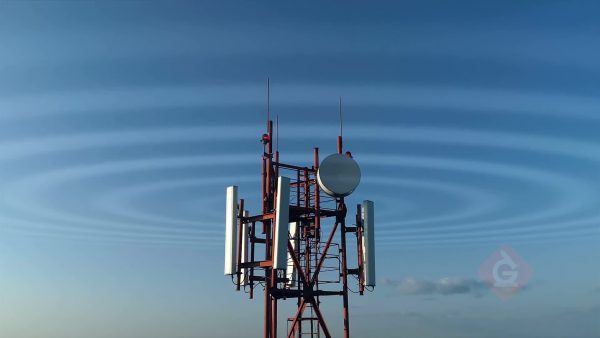
Electromagnetic waves are created when charged particles move, and these waves occur along a spectrum of different wavelengths. Although the electromagnetic spectrum is continuous, scientists divide it into seven sections based on wavelength. Radio waves have very long wavelengths, and gamma rays have very short wavelengths. In between are microwaves, infrared waves, visible light, ultraviolet light, and X-rays.
Radio waves have long wavelengths that can be the length of a ruler or longer. In addition to being used to send radio signals, radio waves are used to send WiFi signals, phone calls, and text messages. Radio waves can pass through walls and reach inside buildings, but they cannot pass through everything. They can be blocked by special metal cages called Faraday cages.
Microwaves have shorter wavelengths than radio waves, and they range from less than 1 meter down to 1 millimeter. Microwave ovens use microwaves to heat up food. They can do this because microwaves with a specific wavelength will cause water molecules in the food to vibrate faster, which causes the water to heat up. If you microwave things without much water in them, like plastic or ceramic, they don't warm up nearly as much.
Electromagnetic Spectrum: Infrared Waves, Visible Light, and Ultraviolet Waves
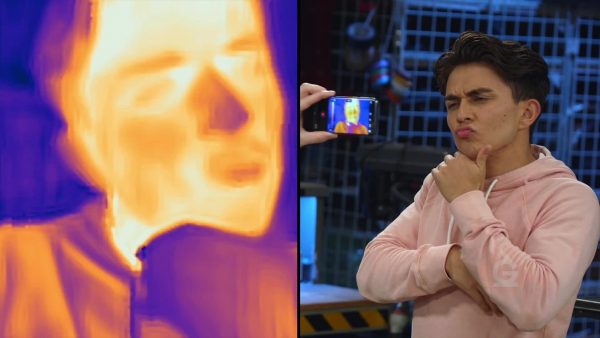
Infrared waves have a wavelength 1,000 times smaller than a millimeter. Any matter that is above absolute zero, like your body, gives off infrared waves. Infrared waves can be detected by a thermal imaging camera and shown as different colors on a screen. Your TV remote also uses infrared waves to send signals that control your TV.
The next section of the electromagnetic spectrum has wavelengths that range from about 400 to about 700 nanometers and is made up of the light we can see. A nanometer is one billionth of a meter. Visible light is on the same spectrum as radio waves and microwaves; it just has a shorter wavelength. White light is really a mixture of all the wavelengths of visible light. We can use a prism to separate white light into those wavelengths and see the colors that make it up. Water droplets in the sky do this for us whenever we see a rainbow. Red has the longest wavelength of the visible colors, and violet has the shortest.
Ultraviolet (UV) light has a wavelength that is even shorter than visible light. Longer UV wavelengths can make some objects glow when molecules in those objects absorb UV light and then release some of the energy as visible light. The Sun produces nearly all types of light, including UV. Although the atmosphere filters out most of the short wavelengths of the Sun’s UV light, enough still passes through to be dangerous to living things. Sunscreen absorbs UV radiation so that it doesn't damage the DNA in our skin cells.
Electromagnetic Spectrum: X-Rays and Gamma Waves
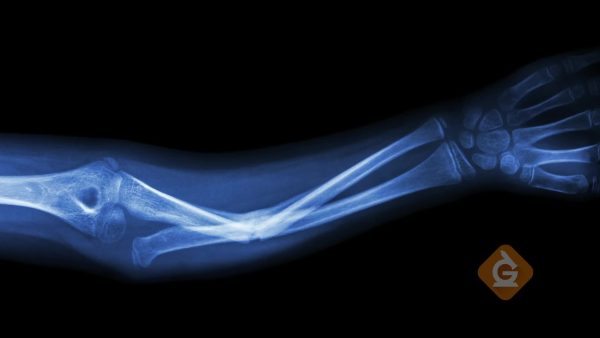
X-rays have a wavelength that is shorter than ultraviolet light. X-rays can pass through our body, but they get absorbed by bones. That's why they are useful to create images of our bones and other body structures.
The waves with the shortest wavelength and highest energy are gamma rays, which are produced by radioactive materials. A Geiger counter is a device that can detect gamma rays. Gamma rays are so powerful that they can pass through most materials. For example, they easily pass through paper and aluminum. It takes something like a thick layer of lead to stop them.
Each of these seven of types of waves is a range on the electromagnetic spectrum. They have different wavelengths and therefore different frequencies.
Careers Related to the Electromagnetic Spectrum
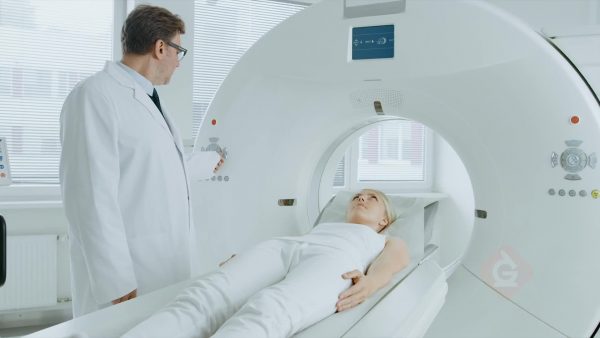
Many technologies that we use every day rely on electromagnetic radiation to function, and there are excellent career opportunities that require an understanding of electromagnetic radiation. Radiologists are doctors who use X-rays and other forms of electromagnetic radiation to create images of patients’ bodies that can help diagnose, monitor, and treat medical conditions. Astronomers also rely on multiple parts of the electromagnetic spectrum to detect and visualize objects and events in space.
ELECTROMAGNETIC SPECTRUM VOCABULARY
ELECTROMAGNETIC SPECTRUM DISCUSSION QUESTIONS
Microwaves are very efficient at heating water, but all electromagnetic waves can cause matter to heat up. Why is this?
Why do some electromagnetic waves have more energy than others?
Name some different types of electromagnetic waves. What do they all have in common? How are they different?
What are some sources of electromagnetic radiation that you have encountered in your daily life in the past week?
Which color of visible light would have the least energy? Which would have the most energy? How do you know?
What are some examples where using electromagnetic radiation other than visible light to view an object can show us more about that object?
Skip, I will use a 3 day free trial
Enjoy your free 30 days trial
We use cookies to make your experience with this site better. By using this site you agree to our use of cookies. Click "Decline" to delete and block any non-essential cookies for this site on this specific property, device, and browser. Please read our privacy policy for more information on the cookies we use.Learn More
We use cookies to improve your experience. By using this site, you agree to our use of cookies. Click "Decline" to block non-essential cookies. See our privacy policy for details.Learn More






